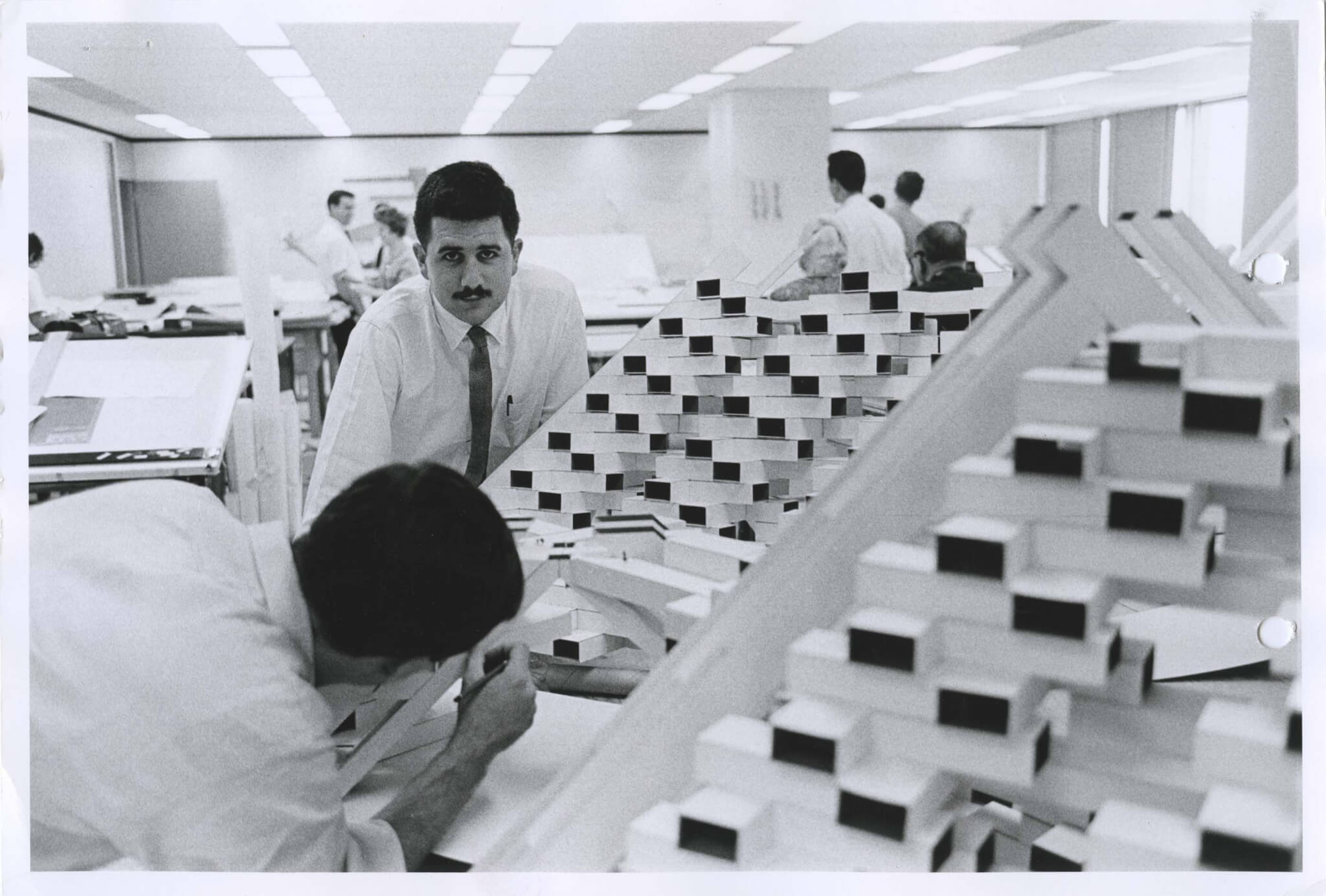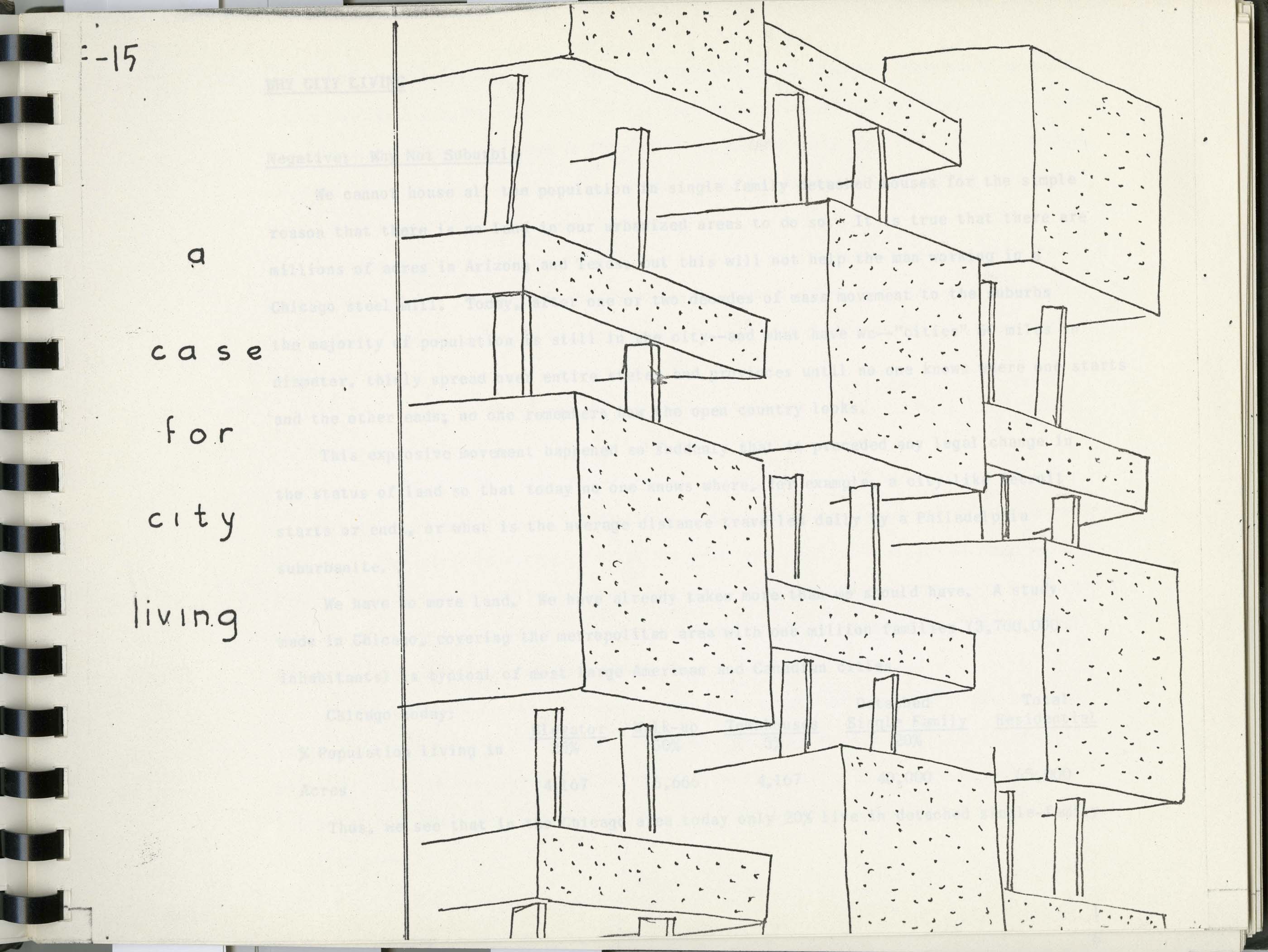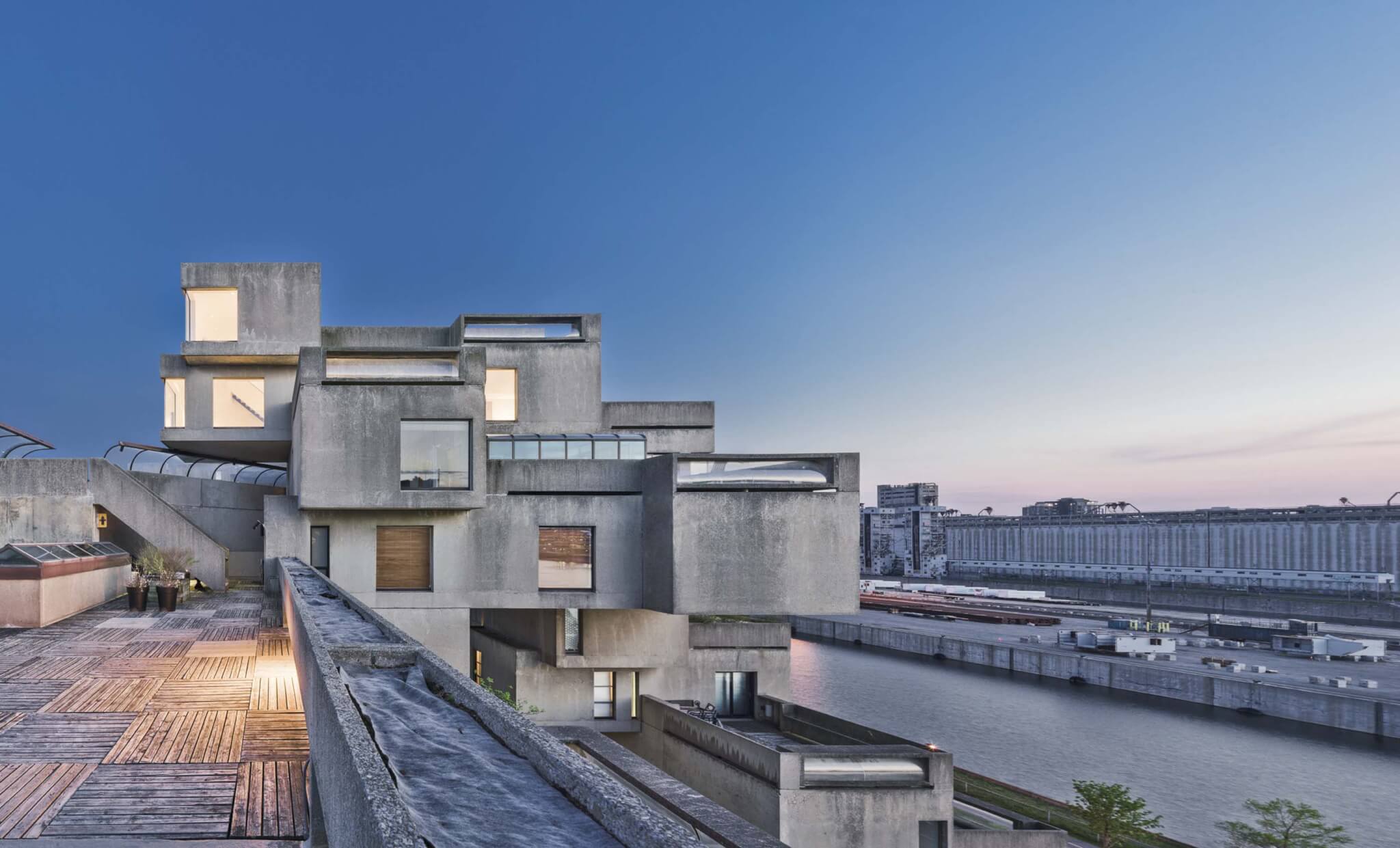Moshe Safdie donates his professional archive and Habitat 67 apartment to McGill University
Over 100,000 archival items produced by Israeli-Canadian architect Moshe Safdie during his illustrious 50-year career, including sketches, models, drawings, and letters will be donated to McGill University in Montreal, the architect’s alma mater. The “centerpiece” of the collection is Safdie’s personal apartment at his iconic Habitat 67 housing complex rising along the Saint Lawrence River at Cité-du-Havre in Montreal. The pieces, which span from audio-visual materials to tactile objects, will allow students, researchers, and architects to study the work of Safdie.
“From virtual public lectures to interactive exhibits, Safdie’s holdings, including his apartment at Habitat 67, will provide the McGill community and scholars the world over with an abundance of opportunity for exploration,” said C. Colleen Cook, McGill’s Trenholme Dean of Libraries in a statement. “The original materials in the collection tell the story of Moshe Safdie’s professional practice and student works. We especially value the stories that reside in our collections, and we look forward to discovering and sharing Safdie’s story with future generations.”

“On behalf of the McGill community, I would like to express our gratitude to Moshe Safdie for his remarkable gift,” McGill Principal Suzanne Fortier added. “This is a historic moment for McGill. One of the most influential and important architectural archives in the world, from one of our most celebrated graduates, will forever be a part of our University.”
John Bland, who served as director of the McGill School of Architecture while Safdie attended, first developed an archive for the architect in 1992 and it became public in 1996. Safdie’s promise to donate his professional archive and his apartment at Habitat 67 mark the latest addition to the collection, which is one of the “most extensive and thorough” compilations of architectural work and documentation in Canada.
Pieces in the collection document both unbuilt and realized projects by Safdie, who founded his eponymous firm Safdie Architects in 1964. Since its inception, the firm has designed buildings across the globe, including in North America, as well as across Asia, South America, and the Middle East. The archival materials include the original model and written paper from A Case for City Living, Safdie’s undergraduate thesis produced during his final year at McGill.

He took his research as an undergrad into practice, using the themes and ideas to design Habitat 67, a blocky, Brutalist housing complex constructed from prefabricated modules. The experimental design was created as a thematic pavilion for Expo 67, a world’s fair held in Montreal in 1967.
As part of the donation Safdie will gift McGill his four-module duplex apartment—his Montreal pied-a-terre—located on the 10th floor of the 12-story concrete residential building. The unit was the former residence of the Expo 67 Commissioner. In 2017, in celebration of Habitat 67’s 50th anniversary, the apartment was restored to its original state, and displayed alongside an exhibition of Safdie’s work at the Université du Québec à Montréal. The apartment will serve as living-learning space for hosting artist residency programs, exhibitions, and lectures as part of the archive.

Fondation Habitat 67, a nonprofit dedicated to promoting the property for public and educational use, will work with McGill to preserve and maintain the apartment, ensuring its continued legacy.
“I have always valued the great education I received at McGill that has guided me through my professional life,” Safdie said in a statement published by the university. “Moreover, Canada has embraced and supported me, making possible the realization of several seminal projects. It is therefore fitting that McGill, Quebec, and Canada will be the home of my life’s work.”

